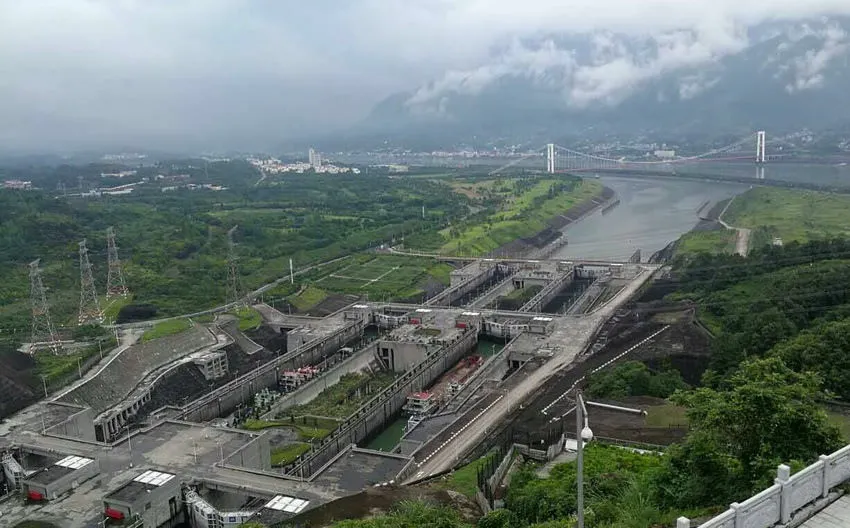
China pulls the plug on small-scale hydropower dams
But locals and green groups argue it is not doing enough as it spares large-scale dams.
Reuters reports that amidst Chinese authorities’ crackdown on small hydropower dams in rural areas to help the environment, large-scale hydropower dams are being spared. However, communities and environmentalist groups argue that the campaign will not necessarily save the environment.
In a mountain village in southwest China's Sichuan province, authorities have demolished seven small dam projects this year along a river to clear illegal developments in a new nature reserve.
On the Zhougong river, another tributary, seventy-year-old farmer Zhang, who declined to give his full name, reckons big dams have devastated the ecology. Zhang described himself as a "hydropower migrant" after his land was inundated by state dam builders 10 years ago.
He said changes in the Zhougong's flow and temperature had devastated the local fish population and erased even previously popular species.
China started its aggressive damming programme 20 years ago in order to develop industry and bring electricity to poor rural regions not connected to the power grid. Now, the government wants to reverse course and must decide how much of China's 100GW of small-scale capacity needs to close, whilst at the same time protecting expensive state investments.
"Hydropower was a good thing at the time, but as is often the case in China, it turns into a swarm and we basically lose control," said Chen Guojie, a hydropower expert with the China Academy of Sciences in Chengdu, central China.
Sichuan underlines the case. Total hydropower reached more than 75GW in 2017, greater than the total in most Asian countries. It was also more than double the capacity of the province's power grid, meaning lots of wasted power.
China's official hydropower capacity was about 340GW at the end of June and around a third of that is considered small hydropower, projects of less than 50MW. China's overall power capacity, including coal and nuclear plants, is 1,740GW.
Read the full report here.








![Cross Domain [Manu + SBR + ABF + ABR + FMCG + HBR + ]](https://cmg-qa.s3.ap-southeast-1.amazonaws.com/s3fs-public/styles/exclusive_featured_article/public/2025-01/earth-3537401_1920_4.jpg.webp?itok=WaRpTJwE)
![Cross Domain [SBR + ABR]](https://cmg-qa.s3.ap-southeast-1.amazonaws.com/s3fs-public/styles/exclusive_featured_article/public/2025-01/pexels-jahoo-867092-2_1.jpg.webp?itok=o7MUL1oO)









 Advertise
Advertise


